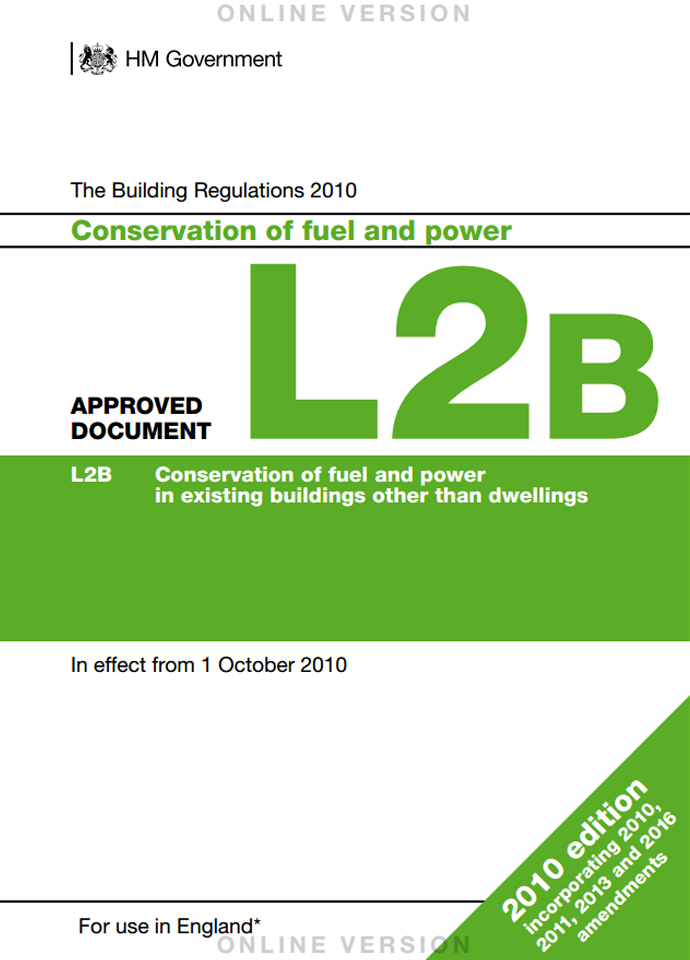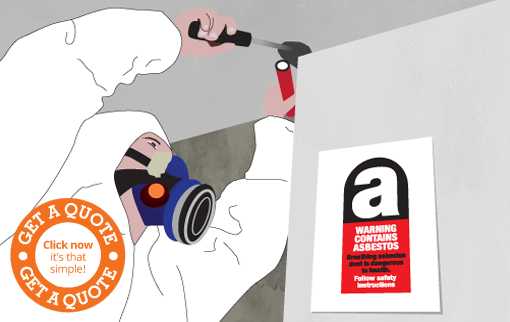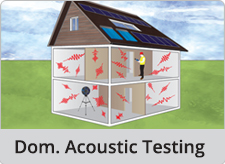Offices Nationwide

Sound Levels
Decibels (dB) are most commonly used as a measure of sound level, but they are also used in electronics, signals and communications...more

The Decibel Scale
Gives an approx of human perception of loudness. This is because the human ear has a logarithmic response to changes in sound level...more
Part L2B
Conservation of fuel and power

Crediton - Asbestos Management Surveys - 01752 687 017
The office that covers this area is: Plymouth
Phone Number: 01752 687 017 Email: crediton@e2consultants.co.uk
Asbestos_Survey is sometimes referred to as Fire Risk Assessment, Fire Risk Assessment, Fire Safety, Fire Risk Assessment, Fire Risk Assessment.
Where Can Asbestos Be Found?
Generally speaking, people through Crediton think Asbestos is just for insulation and found in the roof or a wall. Though true, Asbestos can also be used in toilet cisterns, Artex, water tanks (pre-1980), fire insulation, floor tiles, boilers and flash guards.
What's Involved In An Asbestos Survey?
An asbestos management, or type 2, survey will have one of surveyors taken samples of suspected asbestos throughout a building before sending them off to a lab. Whilst at the property, each room and the materials used will be noted. If a room is locked or otherwise inaccessible this will be noted too as there will remain a possibility of asbestos within.
For a refurbishment/demolition, or type 3, survey, a more destruction method is used over a management survey, as the name suggests. One of our asbestos surveyors will use means such as drilling floor slabs or knocking through walls to access areas where planned work will be undertaken. This ensures that when the building is converted of knocked down that the next team in won't risk running into any asbestos that could be hazardous to their health and slow the project.
Surveyor Qualifications
All of our surveyors are holders of the BOHS (British Occupational Hygiene Society) P402 qualification - the statutory proficiency certificate in 'Building Surveys and Bulk Sampling for Asbestos'. E2 Consultants have a professional and friendly approach and our surveying team are here to help. We will work with you to create a cost-effective method and approach to your situation, to speak to one our consultants call now on 0800 043 8100 or send your query to Asbestos-Survey@e2consultants.co.uk.
Our experienced asbestos team that covers Crediton are qualified asbestos management, refurbishment and demolition surveyors for industrial, commercial and domestic buildings. We can also undertake a Commercial EPC at the same time to provide you with a cost-effective package deal where needed.
What Is Asbestos?
There are 6 types of asbestos - but only 3 have been widely used in building materials: white (Chrysotile), brown (Amosite) and blue (Crocidolite). Strictly speaking blue is the most dangerous, followed by brown and then white.
Asbestos is a set of six naturally occurring silicate minerals mined from rocks and used commercially for their desirable physical properties. The trade and use of asbestos has been restricted or banned in many jurisdictions in Crediton.
Asbestos Legislation
Under the Control of Asbestos Regulations 2012, it's the duty of the site owner of a commercial premise to identify and manage asbestos in and around the property.
Employers must undertake risk assessments before commencing work which exposes, or is liable to expose, employees to asbestos. This risk assessment must include:
- A plan of work detailing how the work is to be carried out
- Indication of any asbestos-related issues
- Provide solutions to these issues
- How to prevent exposure to asbestos or reduce it to as low a level as is reasonably practicable
Our other services include:
Asbestos Management Surveys can also be known as:
Commercial Asbestos Management Survey, Asbestos Management Survey, Asbestos Survey, Commercial Asbestos Demolition Surveys, Commercial Asbestos Refurbishment Survey, Commercial P402 Asbestos Survey, P402R Asbestos Survey, Asbestos Demolition Survey, Commercial Asbestos Survey, Asbestos Refurbishment Survey, Commercial P402R Asbestos Survey, P402 Asbestos Survey,


Copyright 2025 E2 Specialist Consultants Limited
Company No. 06728970








































